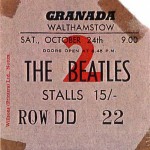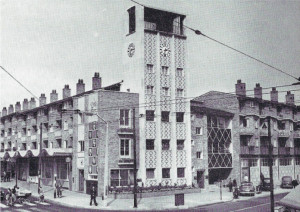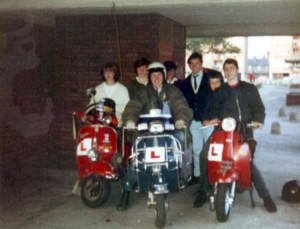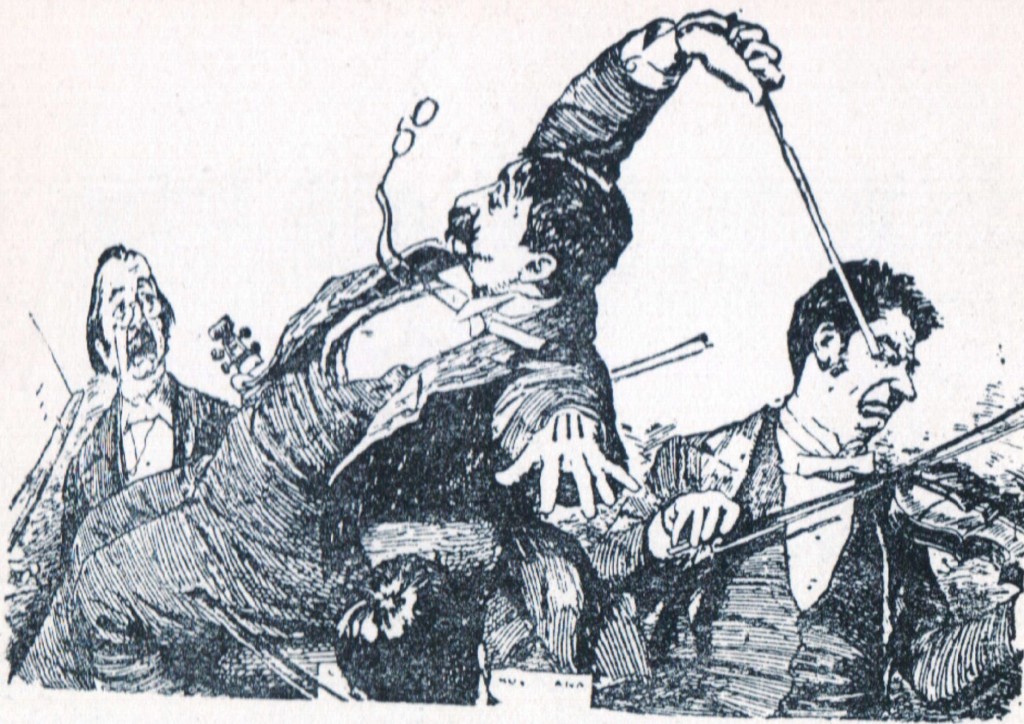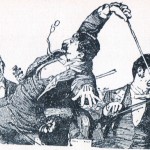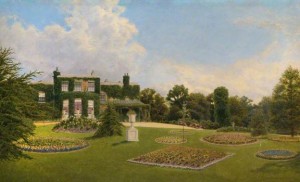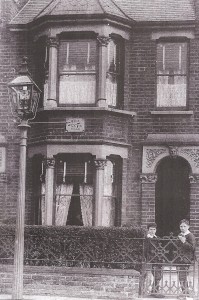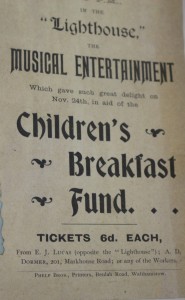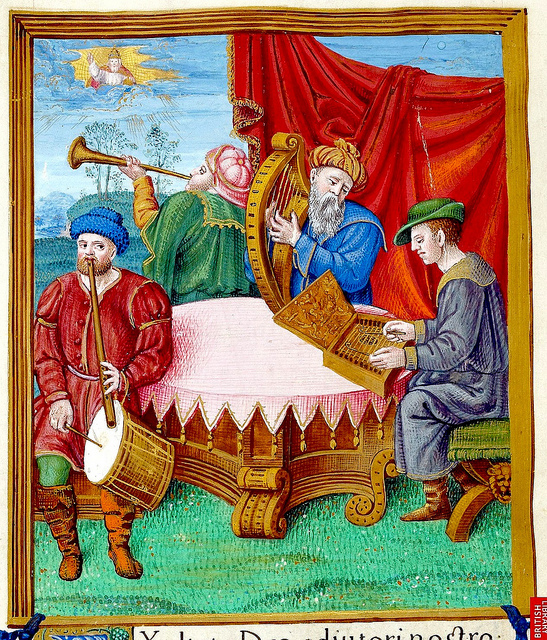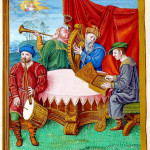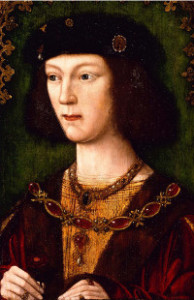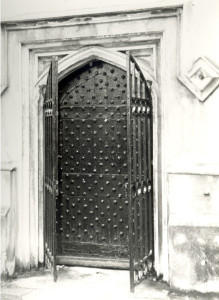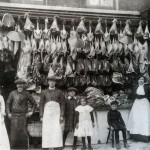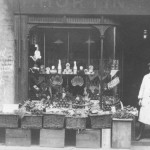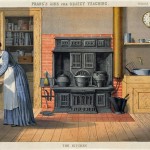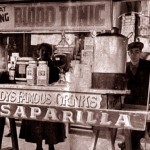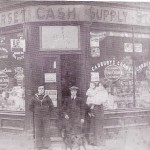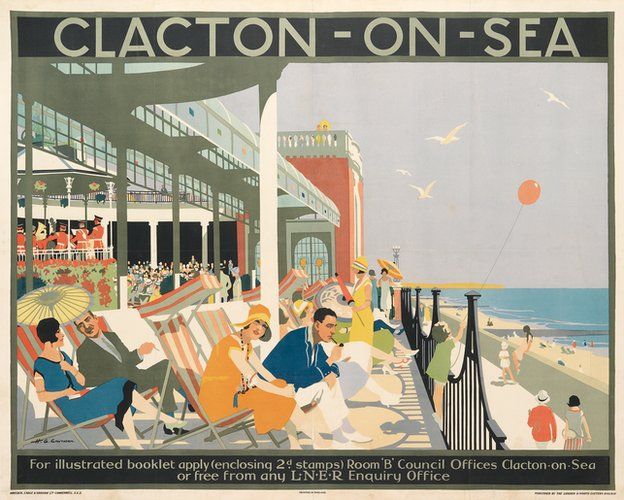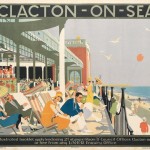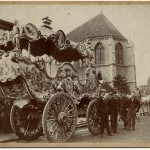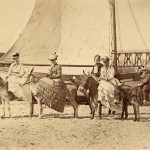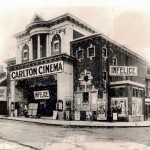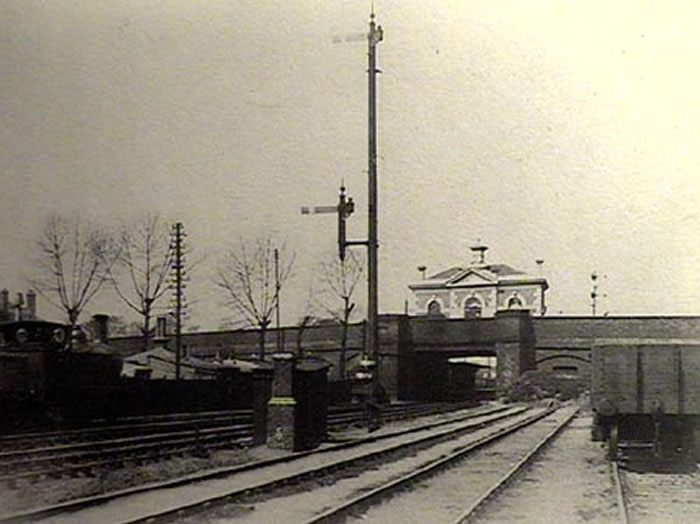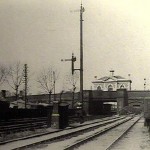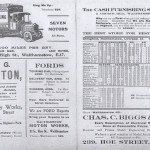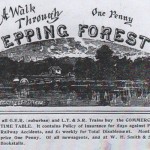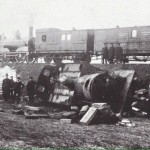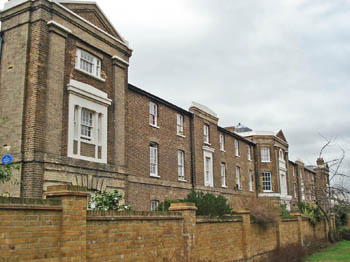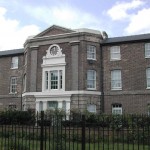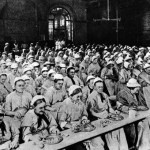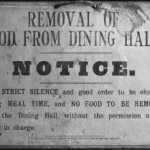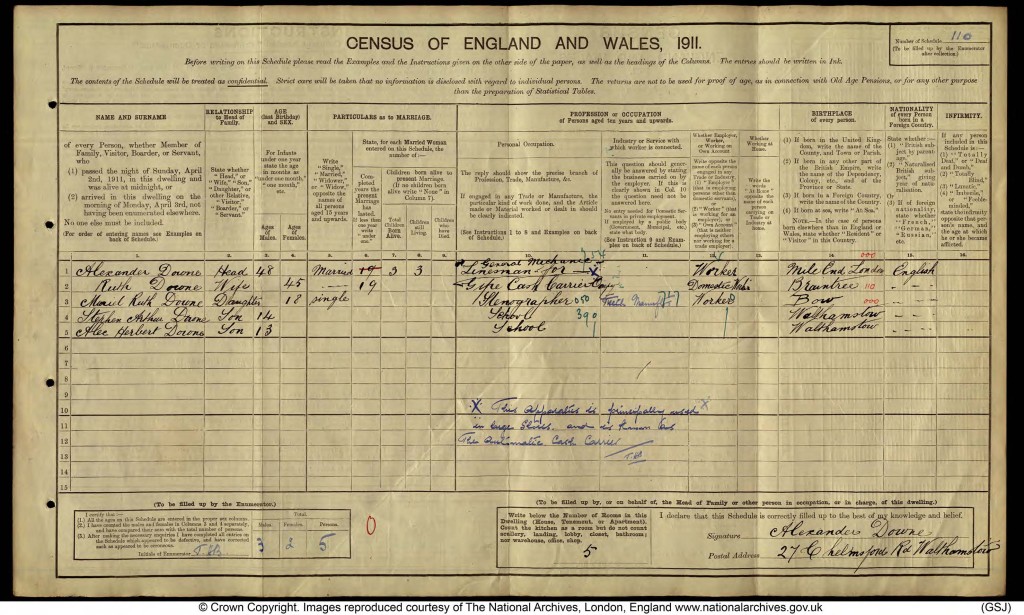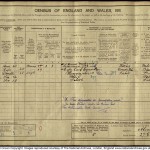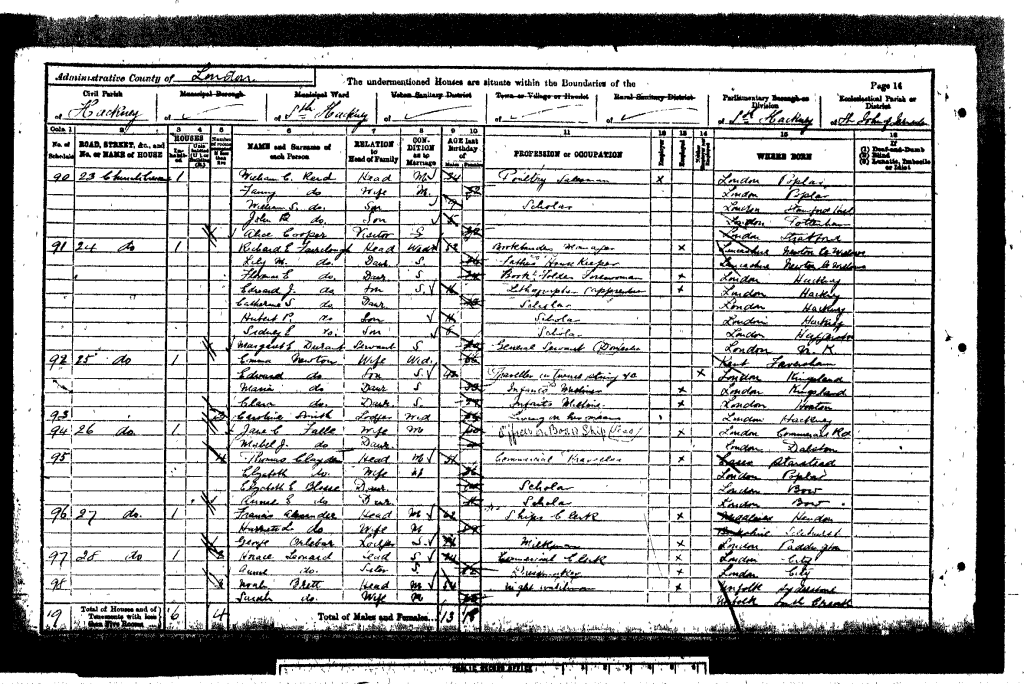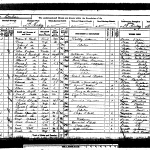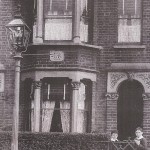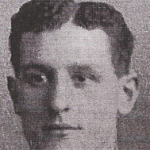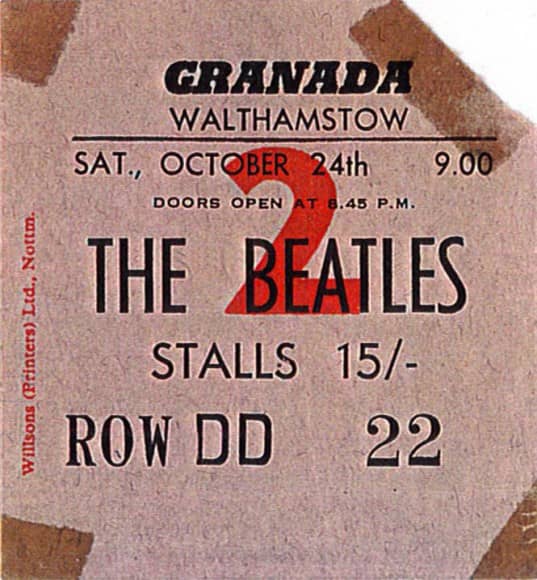
This is a resource to help school groups learning about 20th Century and local history. It is designed to be used in conjunction with the information panels are linked from this page. A pdf of this resource and a class activity can be downloaded by clicking the link below.
By the start of the 1960s Walthamstow, like other places, had largely recovered from the effects of the Second World War. New flats had been built, some of them in the newly fashionable form of high rise blocks. Houses had been repaired. Bomb sites had been built over. There was more money about, and more jobs.
For more information about Walthamstow’s recovery after World War II click here to read ‘Walthamstow: Survival and Change’
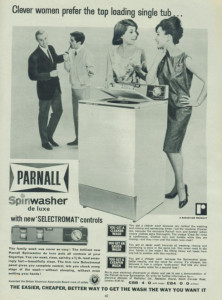 Along with the extra money, more consumer goods were available. Fashion clothes at affordable prices had arrived. Labour saving devices such as washing machines and vacuum cleaners were in the shops. And with full employment and good pay, there were better holidays and more possibility of time off, and the energy to enjoy it, in the working week.
Along with the extra money, more consumer goods were available. Fashion clothes at affordable prices had arrived. Labour saving devices such as washing machines and vacuum cleaners were in the shops. And with full employment and good pay, there were better holidays and more possibility of time off, and the energy to enjoy it, in the working week.
For more about 1960s consumer goods, inventions and holidays, click here.
For the younger generation, this was a time of expanding horizons. The new universities that began to welcome students in this decade offered higher education to many young people who would previously have thought this was “not for them”. And colleges nearer home offered training, while changes in secondary education offered the opportunity of leaving school with some qualification to many more young people.
Click here for more information on 1960s fashion
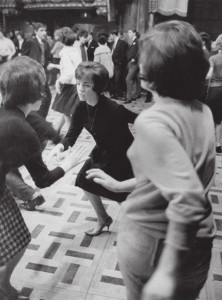 Along with other new possibilities, this was a time when many young people had more freedom and more opportunities than ever before. The term “teenager” came into general use; for the first time, many young people had influence over their futures. And, on a smaller scale, many young people had a first taste of independence, making many decisions for themselves and relishing the music, entertainment, transport and food that were available to them.
Along with other new possibilities, this was a time when many young people had more freedom and more opportunities than ever before. The term “teenager” came into general use; for the first time, many young people had influence over their futures. And, on a smaller scale, many young people had a first taste of independence, making many decisions for themselves and relishing the music, entertainment, transport and food that were available to them.
Click here for more on 1960s bands and the local venues that hosted concerts.
Terry Rance (one of the original members of Iron Maiden) grew up in Queens Road. Click to read more
This was a time, too, when many new people came to live in the area. There were jobs available, and, increasingly, houses and flats. Many of them had been specifically recruited to come to the UK to work in factories, in the new NHS and in the public transport system. Many of them settled down happily, but not everyone.
Not everyone was comfortable with the changes. And for those broken or bereft by the war, they came too late. But for many, this was a time of hope.
More information on the Beatles and other popular songs of the era can be downloaded here:
